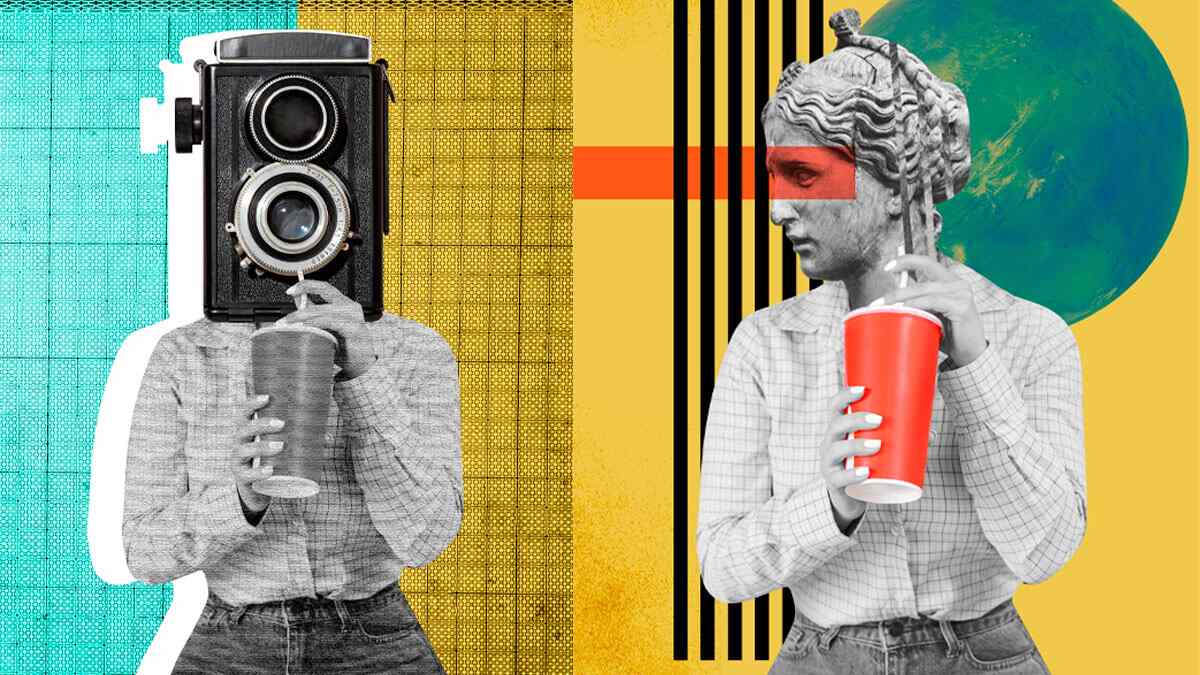
Rewriting The Narrative: How Queer Portrayals In Indian Pop Culture Are Changing Society
Indian culture and society have undergone significant changes in how queer characters are portrayed over time. Historically, the LGBTQ+ community had little to no representation in Indian popular culture, but recent films have shown signs of change. These movies focus on the difficulties and goals of queer Indians.
Early Stages: Stereotypes and Taboos
In the early stages of Indian pop culture, queer representation was often limited to stereotypes and was only used as a tool for humour. Queer characters were portrayed in a funny and caricatured manner, propagating negative and conservative stereotypes. Films like ‘Dostana’ (2008) and ‘Kal Ho Naa Ho’ (2003) used queer characters only for comedy, reinforcing the taboo surrounding homosexuality.
Breakthrough Moments: Challenging Norms

Image Courtesy: IMDb
The breakthrough in queer representation in Indian pop culture came with films that dared to challenge societal norms and shed light on LGBTQ+ issues. One such example is ‘My Brother...Nikhil’ (2005), which beautifully portrayed a gay man's life during the AIDS crisis in the 1980s. It addressed the struggles faced by queer individuals and their families in initiating conversations around acceptance and compassion.
Another significant milestone was the 1996 film ‘Fire,’ which explored the complex relationship between two unhappily married women. Despite facing immense controversy, the movie played a crucial role in breaking the silence around same-sex relationships and initiating a dialogue on queer rights.
Mainstream Success: Normalising Queerness

Image Courtesy: IMDb
In recent years, Indian pop culture has witnessed a rise in movies that portray queer characters in a more normalised and realistic manner. Films like ‘Kapoor & Sons' (2016) and ‘Shubh Mangal Zyada Saavdhan’ (2020) depicted same-sex relationships with depth, emotion, and relatability, highlighting the challenges faced by queer individuals within the context of Indian society. These movies not only gained commercial success but also generated meaningful conversations about LGBTQ+ rights and acceptance.
1
2
3
4
Don't miss: 10 Years Of ‘Yeh Jawaani Hai Deewani’: A Trip Down Memory Lane Ft. Deleted Scenes From The Blockbuster Movie
Catalysing Change: Real-World Impact

Image Courtesy: IMDb
The evolving portrayal of queer characters in Indian pop culture has had a tangible impact on society. By humanising queer experiences and narratives, these movies helped challenge the deep-rooted prejudices and promote empathy. They played a crucial role in raising awareness about LGBTQ+ (How To An LGBTQ+ Ally) issues and encouraging dialogue within families, schools, and communities.
Don't miss: Lust Stories 2 Teaser Out! A Look At How OTT Redefines The Idea Of Sexuality On Screen
Furthermore, the success of movies like ‘Ek Ladki Ko Dekha Toh Aisa Laga’ (2019) and ‘The Last Colour’ (2020) has paved the way for more inclusive storytelling, giving rise to a new wave of queer narratives in Indian cinema. By challenging stereotypes, initiating conversations, and promoting empathy, these movies have not only entertained but also educated, allowing for a better understanding and acceptance of the LGBTQ+ community in India.
HerZindagi Pride Month: Redefining narratives, fostering awareness and a world of inclusion with thought-provoking stories around LGBTQIA. Get more awareness about LGBTQIA (Pride Month) by reading inspiring stories that will help you to open up without hesitation. #LivingWithPride
Also watch this video
Herzindagi video
1
2
3
4